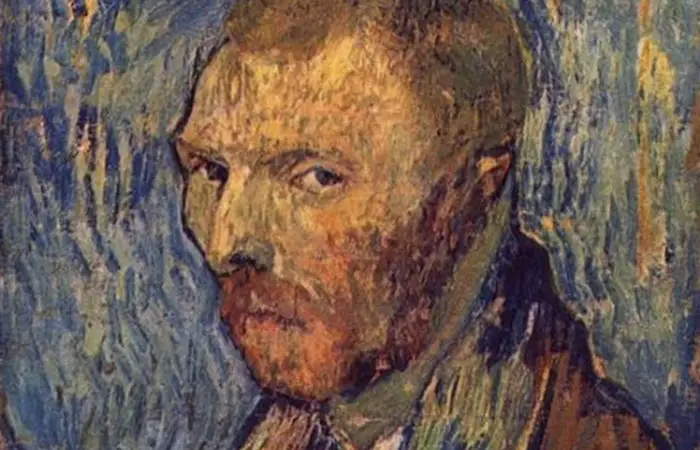Van Gogh 'did not commit suicide' NEWS

New evidence surrounding Van Gogh suggests he did not kill himself, but rather he was killed accidentally by two young boys with a 'malfunctioning gun'.
The authors of 'Van Gogh: The Life', the new biography, Steven Naifeh and Gregory White Smith came to the conclusion after 10 years of research, with over 20 translators. Studied were thousands of previously untranslated letters written by the artist, to create a database of research, containing 28,000 notes.
The Van Gogh Musuem situated in Amsterdam, have said that this claim is both 'intriguing' and 'dramatic'. However, curator Leo Jansen has put forward that 'plenty of questions remain unanswered', and that it's too early to rule out suicide. 'New claims would generate a great deal of discussion' he added.
Age 37 when he died, in Auvers-sur-Oise, France, the Dutch painter had been staying an inn, within walking distance of local wheat fields, where he went to paint. It is long believed he shot himself in these wheat fields, before returning to the Auberge Ravoux Inn, where he later passed away. Yet, Steven Naifeh, author, stated 'it was very clear to us that he did not go into the wheat fields with the intention of shooting himself. The accepted understanding of what happened in Auvers among the people who knew him was that he was killed accidentally by a couple of boys and he decided to protect them by accepting the blame.'
Naifeh also claimed, John Rewald, renowned art historian has also recorded that version of events when he visited the region in the 1930s, and details were found to corroborate the new theory.
These include the assertion that the bullet found in Van Gogh's upper abdomen, entered from an oblique angle ' unlike suicide, where the bullet would enter straight on.
The two boys, one who was supposedly wearing a cowboy outfit, had a malfunctioning gun used to play cowboy, and they were both known to go drinking with Vincent at that time of day.
'So you have a couple of teenagers who have a malfunctioning gun, you have a boy who likes to play cowboy, you have three people probably all of whom had too much to drink. Accidental homocide was far more likely. It's very hard to imagine that they really intended to kill Van Gogh.'
Meanwhile, Gregory White Smith claimed Van Gogh didn't actively seek death, but when it came, or was presented to the artist as a possibility, 'he embraced it'.
'Van Gogh's acceptance of death was really done as an act of love to his brother, to whom he was a burden'.
The biography, published on Monday, will help to give a better understanding of a 'frail and flawed figure' and that Van Gogh's art will be seen as 'even more of an achievement'.

 Popular
Popular Recent
Recent Comments
Comments

















